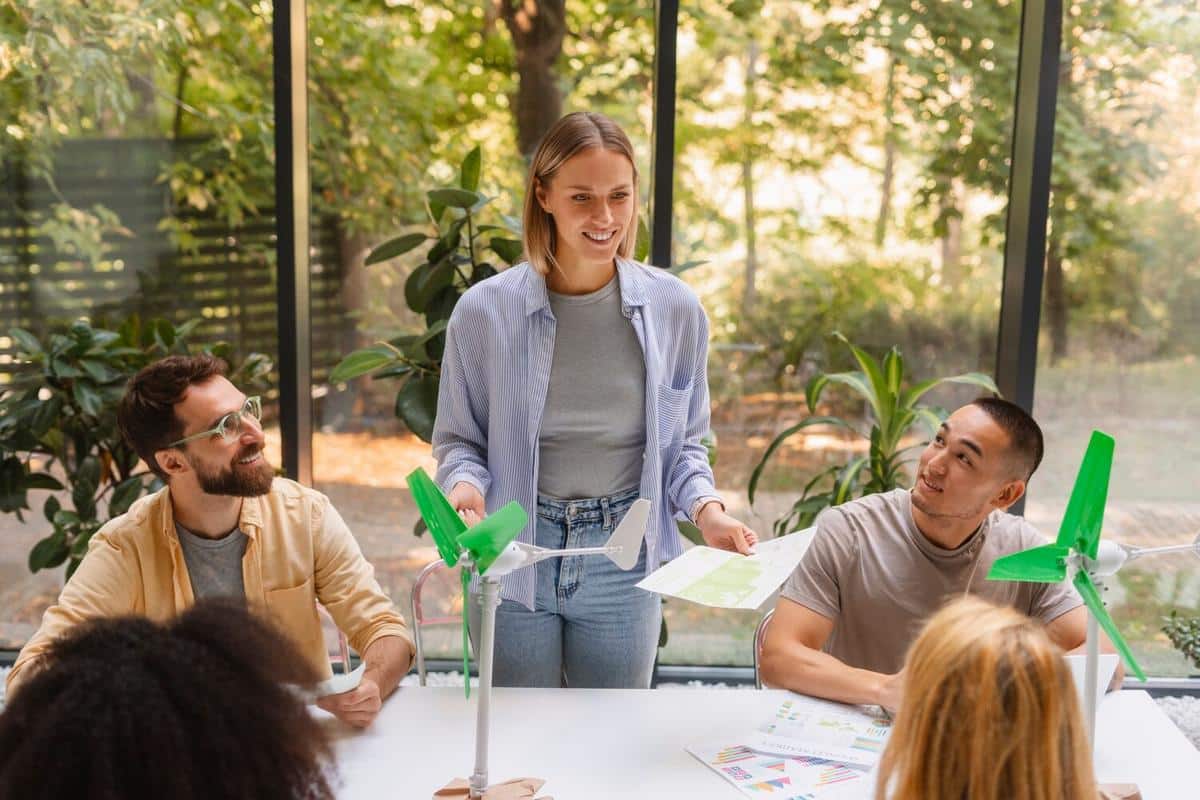
Eco-Friendly Classroom Practices Teachers Can Adopt
Embracing sustainability in the classroom is more than just a trend; it’s a vital step towards fostering a generation of environmentally conscious individuals. Teachers play a pivotal role in this transformation by incorporating eco-friendly practices into their teaching environments.
Understanding Eco-Friendly Classroom Practices
Eco-friendly classroom practices promote sustainability while enhancing the learning experience. Teachers can create a positive impact by integrating these practices into their daily routines, helping students understand the importance of environmental responsibility.
Expert Insights
According to Dr. Maria Thompson, an educator specializing in sustainable education, “Incorporating eco-friendly practices in classrooms not only benefits the environment but also instills lifelong values in students.” This perspective is shared by many educators who have observed the positive effects of sustainable practices on student engagement.
Statistics and Research
Research from the Environmental Protection Agency shows that implementing simple eco-friendly measures in schools can reduce energy consumption by up to 30%. Furthermore, environmentally focused education has been linked to improved student performance and increased interest in science and technology fields.
Practical Examples
Consider the example of Mr. Lee, a high school science teacher who transformed his classroom into a green learning space. By using recycled materials for projects and encouraging students to participate in community clean-up events, he has inspired a strong sense of environmental stewardship among his students.
Actionable Tips for Teachers
- Reduce paper usage by opting for digital assignments and resources.
- Encourage students to bring reusable water bottles and lunch containers.
- Incorporate lessons on environmental issues and solutions into the curriculum.
- Create a classroom recycling program with student involvement.
- Use energy-efficient lighting and electronics in the classroom.
Organizing Eco-Friendly Activities
Teachers can organize various activities that promote sustainability. For instance, starting a classroom garden can teach students about food production and ecological balance. Additionally, implementing a “Green Day” each month, where students focus on reducing their carbon footprint, can make learning about sustainability engaging and practical.
Comparison of Traditional vs. Eco-Friendly Classroom Practices
| Traditional Practices | Eco-Friendly Practices |
|---|---|
| Heavy reliance on paper | Digital assignments and resources |
| Disposable lunch containers | Reusable lunch containers |
| Standard lighting | Energy-efficient lighting |
| No recycling initiatives | Classroom recycling programs |
| Single-use plastics | Encouraging reusable alternatives |
| Limited environmental education | Integrated sustainability lessons |
| Traditional field trips | Eco-focused excursions |
| No community involvement | Partnerships with environmental organizations |
Frequently Asked Questions
How can I start implementing eco-friendly practices in my classroom?
Begin by assessing your current practices and identifying areas where you can reduce waste or energy consumption. Introduce small changes such as digital assignments and encourage students to participate in sustainability projects.
What is the benefit of teaching students about sustainability?
Educating students about sustainability helps them develop a sense of responsibility towards the environment and equips them with the knowledge to make informed decisions about resource use and conservation.
Are there any resources available for teachers wanting to adopt eco-friendly practices?
Yes, many online platforms offer resources and lesson plans focused on sustainability. Additionally, local environmental organizations often provide workshops and materials for educators.
Conclusion
By adopting eco-friendly practices, teachers can significantly influence their students and the environment. These changes, while seemingly small, can have a lasting impact, fostering a culture of sustainability in education. It’s time for educators to take the initiative and lead by example, inspiring the next generation to prioritize the planet.


